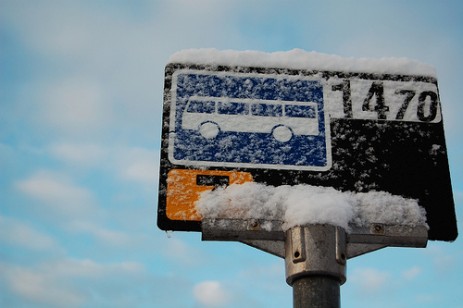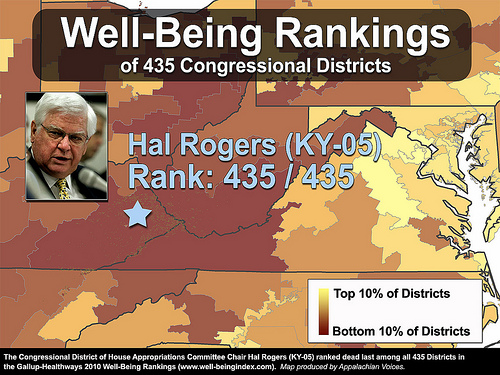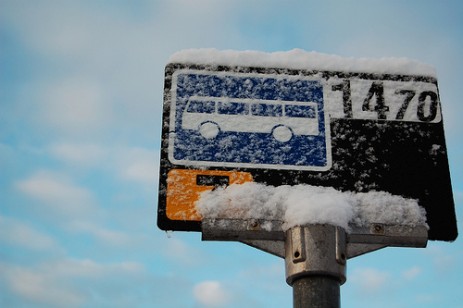 Photo: Sveter SveterMan, what did we do before we had smartphones to answer all of life’s questions? Wracking your brains to remember who played Chunk in “The Goonies”? You can haul out IMDB at the bar. Wondering where to go for dinner? There are apps to tell you the best place within walking distance of wherever you happen to be standing. And now — in Norway, at least — your phone can also answer that eternal mystery, “Where the hell is the bus?”
Photo: Sveter SveterMan, what did we do before we had smartphones to answer all of life’s questions? Wracking your brains to remember who played Chunk in “The Goonies”? You can haul out IMDB at the bar. Wondering where to go for dinner? There are apps to tell you the best place within walking distance of wherever you happen to be standing. And now — in Norway, at least — your phone can also answer that eternal mystery, “Where the hell is the bus?”
Norwegian transport company Kolumbus has embedded 1,200 bus stops with QR codes, which are basically bar codes for everything in the world. QR codes are black and white squares whose patterns encode text or URLs, the way a bar code’s combination of lines encodes an item’s identity and price. Using a free QR reader app, you can scan and decode them using your cell phone. In the case of the Norway bus shelters, scanning the QR code sends you to a website that lists upcoming bus departure times.
Of course, the code is printed on a paper version of the schedule. But that piece of paper is just the Platonic ideal of bus arrivals. The encoded information will tell you in real time whether the buses were running according to plan, or whether they were delayed. (In theory. That part’s not actually functional yet.) That’s useful in Norway, where the 1,200 encoded bus stops cover a whopping 2,800 routes, but just imagine how much more useful it would be in a place like the U.S. that lacks Scandinavian efficiency!
Here’s where it gets really wild: Kolumbus is partnering with a project called “Tales of Things” to allow people to leave messages for each other (or just for the world) at the bus stops. Scanning the QR code with the Tales of Things app would allow you to see not just the bus timetable, but also the notes other travelers have left on that stop — what’s nearby, who’s waiting for whom, what number can you call for a good time. It’s a cross between bus stop Facebook and digital graffiti.
Is this useful tech or silly wankery? Probably a little of both, but here’s what’s cool: It plays up the social, interconnected aspect of public transportation. One of the great things about public transit is that, unlike a car, it isn’t isolating — okay, sure, that means you might end up standing balls-to-butt with Captain Stench, but it also means you’re part of a connected group of people with common experiences. Letting folks update their statuses in this weird, public social network seems potentially pointless, but it also underlines the fact that the network exists. We don’t see anyone proposing to implement a system where people can leave digital notes on your car. (Good thing, too. When people leave notes on a car, they usually say “nice parking, dickwad.”) Plus, this definitely beats the existing methods for letting everyone on the bus know what you ate for lunch.



